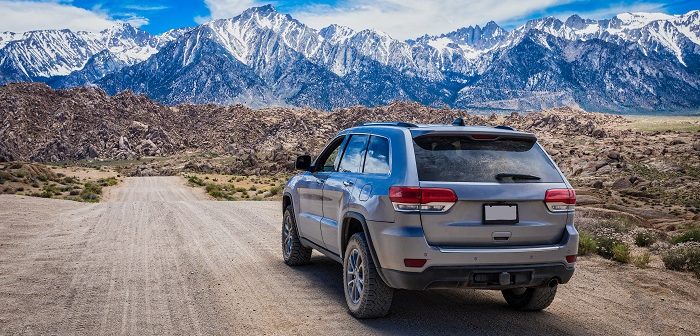When you become a mom, everything shifts. You become acutely more aware of all the potential risks lurking around every corner, and you’ll do anything to protect your baby from them, no matter how likely or unlikely they may be.
One example of this is how you might feel when you’re behind the wheel.
It’s possible that before having a baby, you didn’t think much about roadway safety, but with a newborn, in the car, you probably obsess over every possible traffic accident and crash with an 18-wheeler that could occur.
While the risk of being in an accident is somewhat low, it’s not non-existent.
Simultaneously while you may be more fearful about driving with a baby in the car, having a newborn in the backseat can be very distracting. Distracted driving is nearly as dangerous as driving under the influence.
The following are some tips for new moms who may be stressed and sleep-deprived, to drive more safely with a baby in the car. Some tips are useful for short or long drives, and others are geared more toward road trips.
Make Sure Your Car Seat is Installed Properly
Car seats are tricky to install and even to use, and many parents don’t use them correctly. If you can make sure that you get yours installed correctly before you ever bring your baby home, then you’re going to feel more confident about driving with the baby in the car.
You can often find community events where first responders will help you install your car seat if you’re unsure. There are also private companies and consultants who will come to your house and do it for you for a fee.
Take Someone With You When Possible
The best option if you’re driving with a newborn is to avoid going by yourself. Whether it’s your spouse, or a friend or family member, when you have a baby in the car, you can be safer if you have someone else also in the vehicle.
If you have someone else, you can focus on driving, or they can. Then whoever is not driving can take care of anything the baby needs.
Only Do Short Trips At First
If you don’t have someone to always drive with you, start slow if you aren’t used to having a baby in the car.
Take short trips so that you can get a feel for what it’s like. Maybe you just drive around the neighborhood at a quiet time of day.
This will ensure you don’t underestimate just how distracting having a baby in the car can be.
If you can get experience in a calmer, more relaxed environment, you’ll be more confident about driving in your new situation.
If you’re going to have to at some point drive in a bigger city or urban area with your baby, confidence is key.
Make Sure You Can See Your Baby
If you have a mirror in the backseat so you can see your baby if he or she starts crying, it may relax you more as you drive. Just don’t let the mirror-checking become a compulsion, or that’s just going to distract you more.
You only want to check the mirror if you really need to.
It’s Better to Pull Over Than Be Stressed While You’re Driving
If you’re going on just a short drive, then you can prepare quite a bit at home before you hit the road. For example, you can feed and change your newborn, and hopefully, they’ll sleep in the car. Newborns sleep practically all the time, so it can be easier to drive with them as compared to an older baby if you get them ready for sleep first.
If you’re taking a longer drive, these steps may not last you the entire time.
If your baby starts crying for any reason, just pull over. Yes, it may take you longer to get to your destination, but that’s okay. It’s going to be easier and safer overall.
Put Your Phone Out of Your Reach
If you think there’s even going to be a slight temptation to look at your phone or use your phone, put it away while you’re driving. Set your music and GPS before you start driving and leave them alone. Your attention is already going to be pulled in different directions if you’re driving with a newborn, so don’t make it worse.
Practice Defense Driving
Before having a baby, you might not have learned much about defensive driving techniques, but it’s worth having a general understanding of these concepts.
Defensive driving focuses on the idea that while you can’t control what other drivers do, you can do a lot to protect yourself based on what you do.
The following are key defensive driving principles:
- Focus on the immediate task at hand—driving. If you have to ignore your crying newborn for a few minutes until you can safely get somewhere you can stop, then do it.
- Never trust the behavior of anyone on the road but yourself.
- Slow down, even if you’re late or in a hurry. Many of the roadway fatalities each year are blamed on speeding.
- Always err on the side of caution.
- Don’t let people intimidate you into driving recklessly or driving in a way you aren’t comfortable with.
- When you come to a red light at an intersection, stop. Running red lights is the number one cause of accidents in intersections. Before any intersection, whether the light is red or not, slow down and evaluate.
- Use your blinker.
- Give yourself plenty of space between other drivers. It’s estimated that 1/3 of all accidents are caused by tailgating.
It’s stressful to drive with a newborn but not impossible. As with anything else during this time, be cautious but not overwhelmed, and be patient with yourself. Practice driving with your baby first if you’re nervous, and gradually build up your confidence as you navigate the roadways with your new addition on board.




